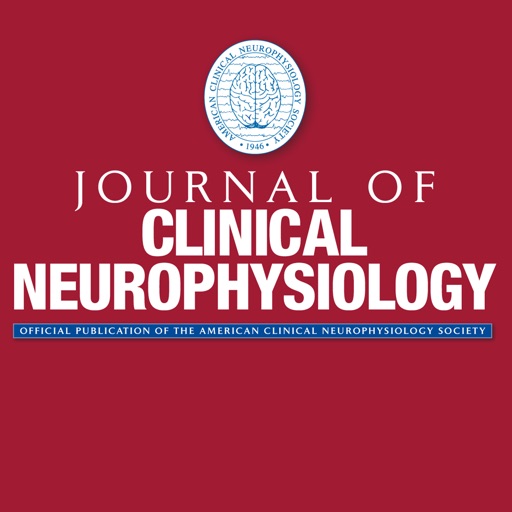 “Cannabis was used for cancer patients as early as about 2500 years ago.
“Cannabis was used for cancer patients as early as about 2500 years ago.
Experimental studies demonstrated tumor-inhibiting activities of various cannabinoids more than 40 years ago.
In view of the status of tetrahydrocannabinol (THC) as a regulated substance, non-psychotomimetic cannabidiol (CBD) is of particular importance.
RESULTS:
Preclinical studies, particularly recent ones, including numerous animal models of tumors, unanimously suggest the therapeutic efficacy of CBD. In isolated combination studies, synergistic effects were generally observed. In addition, CBD may potentially play a role in the palliative care of patients, especially concerning symptoms such as pain, insomnia, anxiety, and depression. Further human studies are warranted.”
https://www.ncbi.nlm.nih.gov/pubmed/31897700
https://link.springer.com/article/10.1007%2Fs00482-019-00438-9

 “This study evaluated the potential of combined cannabis constituents to reduce nausea.
“This study evaluated the potential of combined cannabis constituents to reduce nausea. “Posttraumatic Stress Disorder (PTSD) is a leading psychiatric disorder that mainly affects military and veteran populations but can occur in anyone affected by trauma. PTSD treatment remains difficult for physicians because most patients with PTSD do not respond to current pharmacological treatment. Psychotherapy is effective, but time consuming and expensive. Substance use disorder is often concurrent with PTSD, which leads to a significant challenge for PTSD treatment.
“Posttraumatic Stress Disorder (PTSD) is a leading psychiatric disorder that mainly affects military and veteran populations but can occur in anyone affected by trauma. PTSD treatment remains difficult for physicians because most patients with PTSD do not respond to current pharmacological treatment. Psychotherapy is effective, but time consuming and expensive. Substance use disorder is often concurrent with PTSD, which leads to a significant challenge for PTSD treatment. “Neuropathic pain associated with nucleoside reverse transcriptase inhibitors (NRTIs), therapeutic agents for human immunodeficiency virus (HIV), responds poorly to available drugs.
“Neuropathic pain associated with nucleoside reverse transcriptase inhibitors (NRTIs), therapeutic agents for human immunodeficiency virus (HIV), responds poorly to available drugs. “The butyl homologues of Δ9-tetrahydrocannabinol, Δ9-tetrahydrocannabutol (Δ9-THCB), and
“The butyl homologues of Δ9-tetrahydrocannabinol, Δ9-tetrahydrocannabutol (Δ9-THCB), and